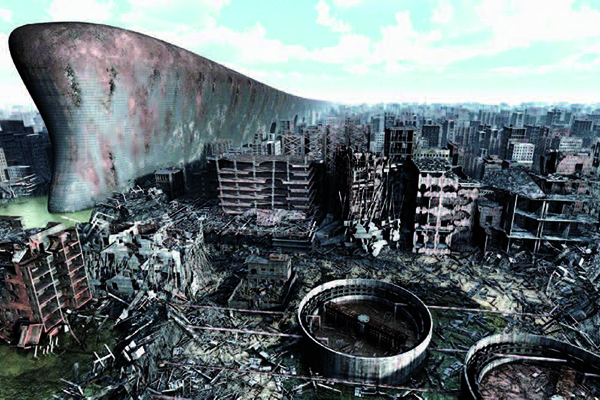Imaginary urbanism in the cinema
DOI:
https://doi.org/10.15168/xy.v2i4.73Abstract
Cinema acts as a spectacular time machine, able to get through either the past or the future. Peplum movies are obliged to be close to the reality; for example, they can represent The Passion of the Christ in a small town as Matera, but the centurions have to be dressed properly. On the contrary, among the science fiction projected towards the future, the cinema is completely free without any commitment. In addition to that, most contaminations between cities and architectures are in science fiction moving pictures. At the end of 19th century and at the beginning of 20th the modern city influences movies, as in Lumière’s film sequences; in more recent period the movies imaginary creates new urban scenery. We want to investigate different relationship between cities, arts and movies and their reciprocal effects on urban utopias particularly in a post–modern condition that the architects look like more involved to design a single building rather than to project new living habitat. Architecture is related to physical space, to a “stone town”, we could call it urbs. On the contrary, cinema is a virtual space that represent mainly the civitas, that is to say plot and people in a “scenery” made by urban landscapes either existent or imagined. In a moving pictures vision the scenes succession underlines the architectural structure. The camera simulates what spectator’s eye would see “going through” an architecture or urban space. Therefore, is quite interesting to compare the two different means in creating imaginary spaces. This essay would have “binary” images as much is possible in order to put together some of movies still frames to certain pictures came from both architectural world and art one.


